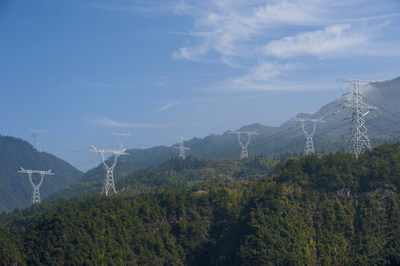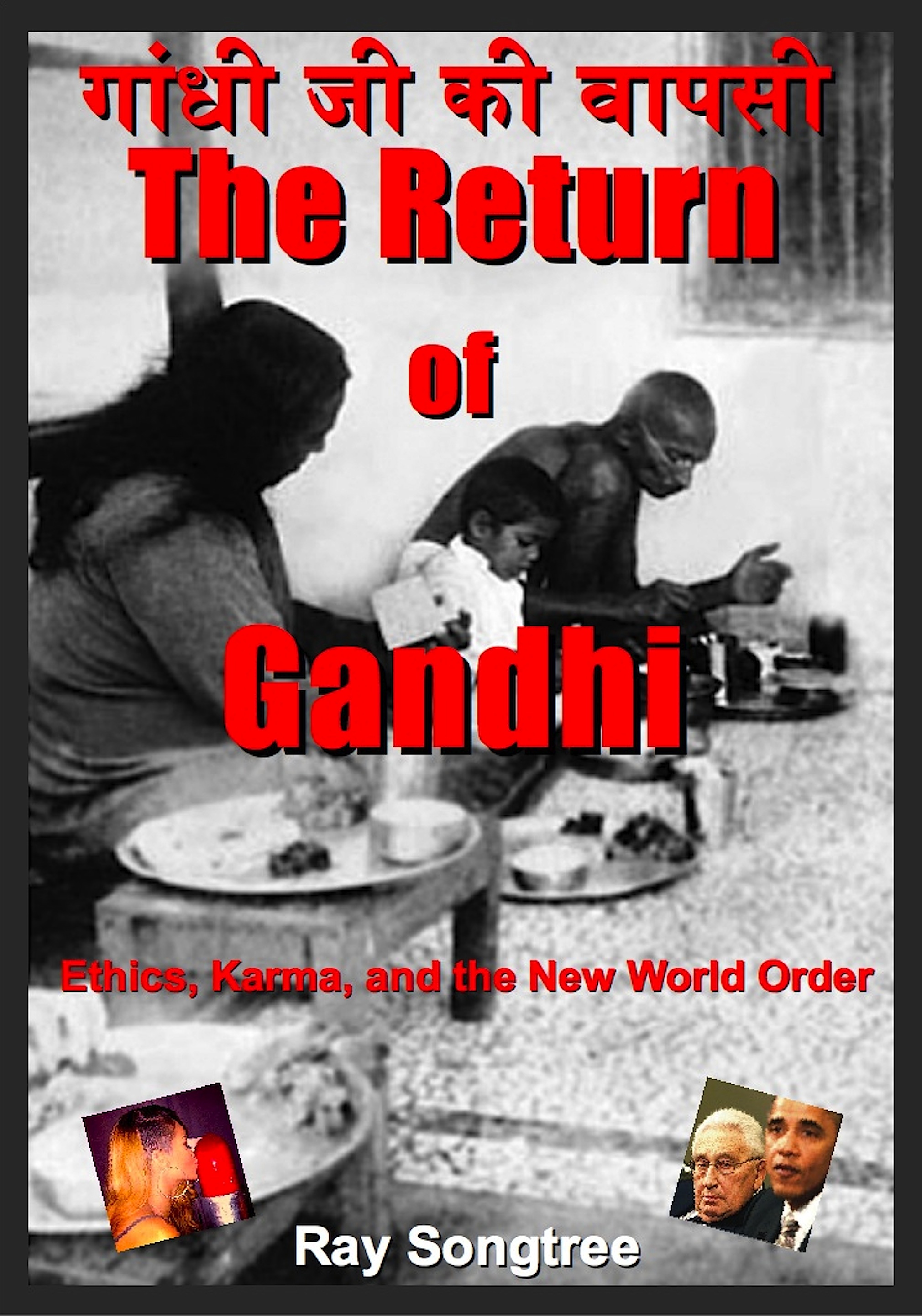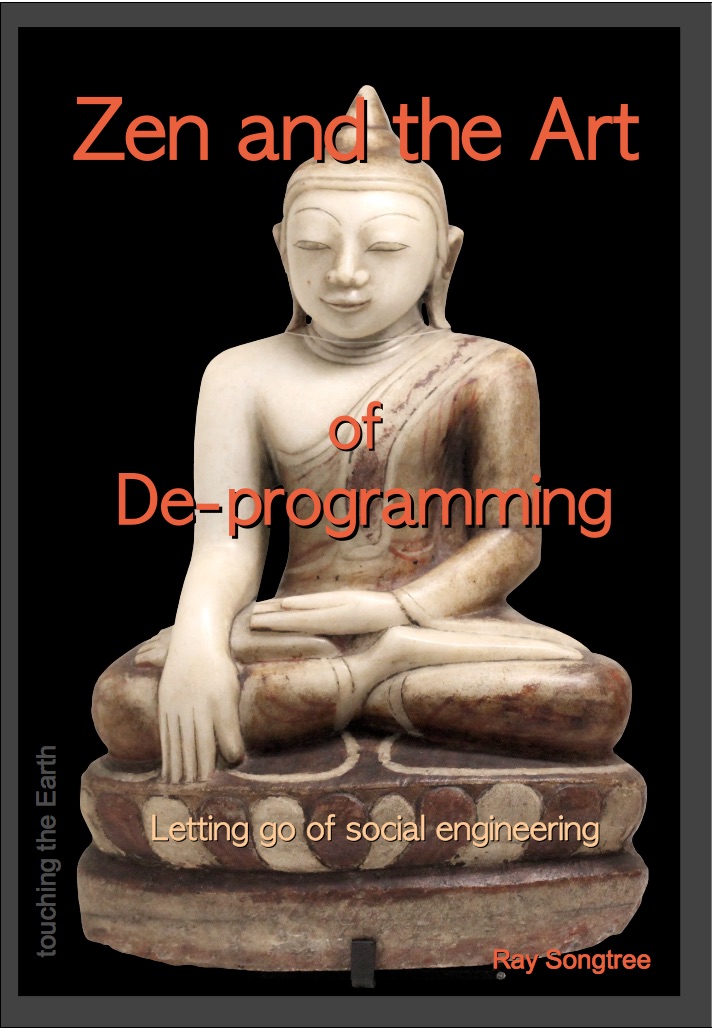Who will manage a global energy network? A global government will. Smart Grid is designed to bring one world government control of every human being who uses electricity. In the article, energy “allocation” means rationing.
“President Xi Jinping presented the plan for a world power grid at the General Assembly of the United Nations on 26 September, 2015.”
News provided by State Grid Corporation of China
Mar 21, 2016,
An Energy Internet

The mass exploitation and utilization of fossil fuel has brought a series of problems such as energy shortages, pollution and climate change. [False – see global warming study guide.]
“In essence, GEI is a series of connected ultra-high voltage (UHV) grids, plus smart grids, plus clean energy. UHV grids are the key; a smart grid is the foundation, clean energy is the principle,” Liu Zhenya, president of State Grid explained. “It will serve as the platform to allocate [ration] global energy and optimize the utilization [total control in the name of efficiency] of clean energy.” [Thus far there is no source of energy that doesn’t depend on mining.]
Mr. Liu drew an analogy: “The Internet is like the nervous system [mind control and surveillance], while electric grids are like the blood vessels. As the nervous system is interconnected, so must the blood system be.” [Why must the system be interconnected at all? Are all humans one thing, or is there diversity?]
According to the State Grid‘s timeline, by 2030, all countries’ grids will be connected within each continent. [North American Union, Eurozone, etc ] By 2050, all continents‘ grids will be connected with each other, and 80% of the world’s electricity consumption should be covered by renewable sources. [all which depend on unsustainable mining.] By then wind turbines at the North Pole and solar panels along the equator should play central roles in worldwide energy production.
Technically Available
The GEI initiative will require an unprecedented technology overhaul, including innovations in power, grid, and storage technologies.
State Grid has developed the necessary ultra-high voltage (UHV) grid technology to serve as a platform for extensive development, deployment and utilization of clean energy worldwide. State Grid has already built seven of its advanced power lines in China and has ten more under construction. Last year the company announced it was building an almost 1,300 mile long line in Brazil, connecting a hydroelectric dam on the Amazon River to cities in the southeastern part of the country.
According to estimates from State Grid’s research institute, it costs USD$0.08 per kilowatt-hour to generate and send wind power to China’s Xinjiang gird, and USD$0.04 to send it to Germany via UHV lines. The total cost of USD$0.12 is half that of clean power‘s generation cost in Germany.
International Reaction
GEI has been adopted by the Chinese government as part of a national strategy to push forward renewable energy development in response to [fake] climate change. President Xi Jinping presented the plan for a world power grid at the General Assembly of the United Nations on 26 September, 2015.
“It is without doubt one of the most important initiatives ever. It will not only make a major contribution to the reduction of emissions that cause global warming and toxic air pollution. It will also provide for access to energy and thus support advance sustainable development,” commented Georg Kell, founding executive director of Unite Nations Global Compact.
In September 2015, UN Secretary General Ban Ki Moon met with Liu Zhenya at UN headquarters where he said that the United Nations would help to facilitate this vision.
It is expected that by 2050 GEI the share of clean energy in the worl’d power supply will reach 80% and that cumulative investment will be more than USD$50 trillion.
David Gardner, managing director of HSBC commented, “If it is a good project, and if it is accessible, you can get financing. There are 5 or 6 existing interconnected projects in Europe, and a lot of investors are very keen to commit to some of these projects.”




